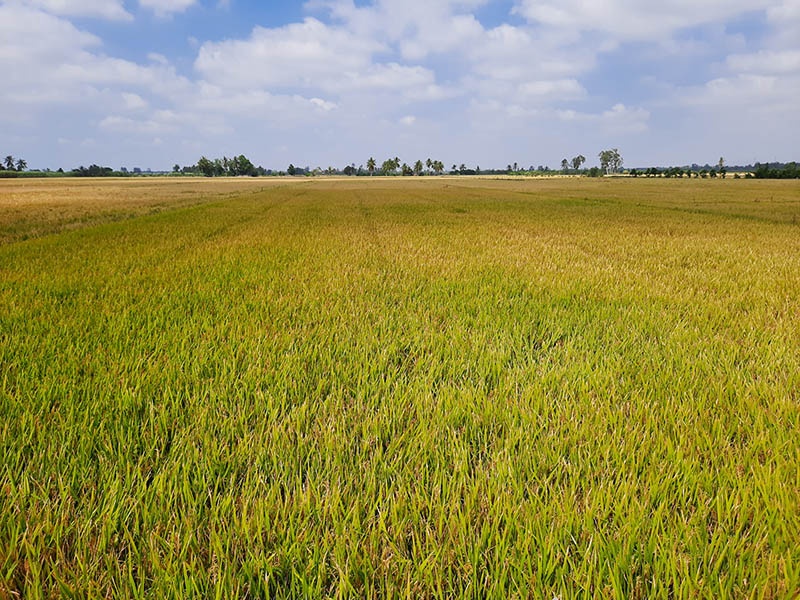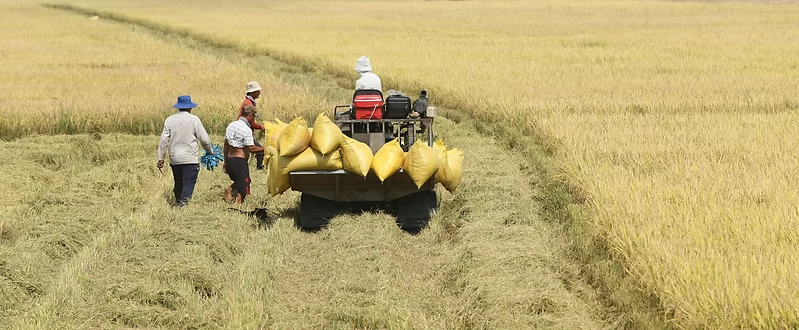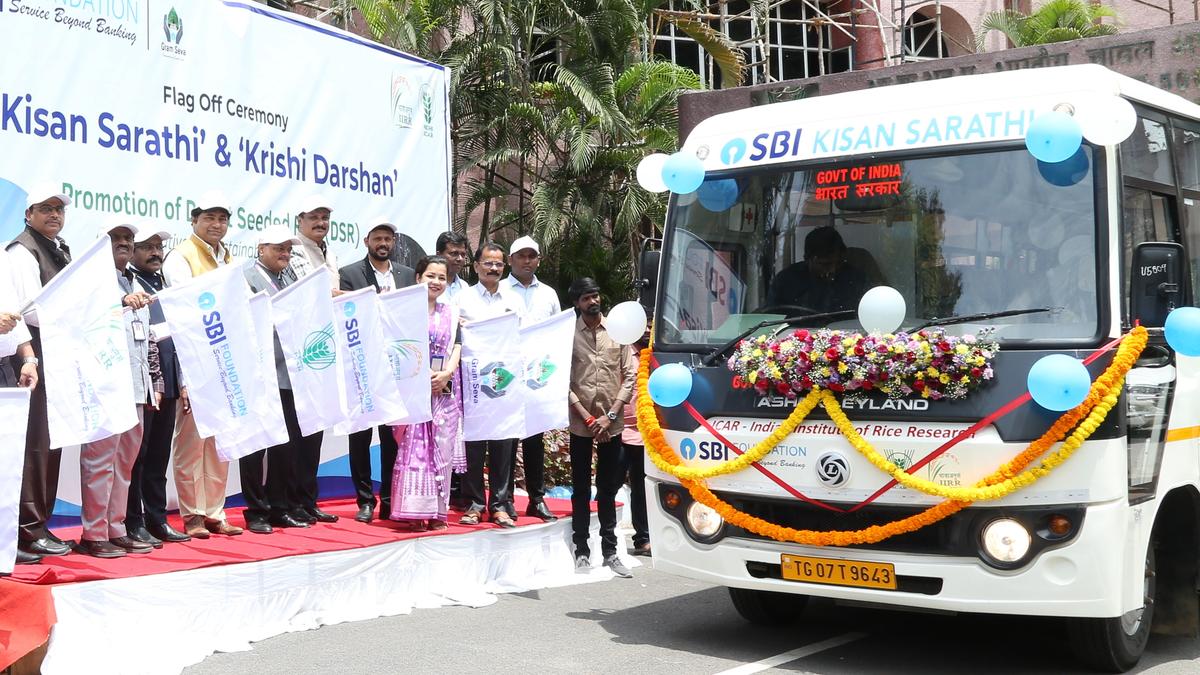Tags
Vietnam reducing methane from rice farms
LONG AN, Vietnam: Sixty-year-old Vo Van Van has been working with one of Vietnam’s largest rice exporters, the Loc Troi Group, for the past two years and is using a different method of irrigation known as alternate wetting and drying. This requires less water than traditional farming since his paddy fields aren’t continuously submerged. Less methane is also produced.
Using the drone to fertilize the crops saves on labor costs. It also ensures precise amounts of fertilizers are applied. Too much fertilizer causes the soil to release Earth-warming nitrogen gases.
Once crops are harvested, Van no longer burns the rice stubble — a major cause of air pollution in Vietnam and in its neighbors, as well as Thailand and India. Instead, it is collected by the Loc Troi Group for sale to other companies that use it as livestock feed and for growing straw mushrooms, a popular addition to stir-fries.
Van benefits in various ways. His costs are down while his farm yield is the same. Using organic fertilizer enables him to sell to European markets where customers are willing to pay a premium for organic rice. Best of all, he has time to tend to his own garden.
“I am growing jackfruit and coconut,” he said.
Loc Troi Group Chief Executive Officer Nguyen Duy Thuan said that those methods enable farmers to use 40 percent less rice seed and 30 percent less water. Costs for pesticides, fertilizer and labor also are lower. Thuan said Loc Troi — which exports to more than 40 countries including in Europe, Africa, the United States and Japan — is working with farmers to expand acreage using its methods from the current 100 hectares to 300,000 hectares.
That’s a long way from Vietnam’s own target of growing “high-quality, low emission rice” on 1 million hectares of farmland, an area more than six times the size of London, by 2030.
Vietnamese officials estimate that would reduce production costs by a fifth and increase farmers’ profits by more than $600 million, according to the state media outlet Vietnam News.
Vietnam recognized early on that it had to reconfigure its rice sector. It was the largest rice exporter, ahead of both India and Thailand, to sign a 2021 pledge to reduce methane emissions at the annual United Nations climate summit in Glasgow, Scotland.
Each year, the industry suffers losses of over $400 million, according to recent research by Vietnam’s Water Resources Science Institute. This is worrying, not just for the country but for the world.
The Mekong Delta, where 90 percent of Vietnam’s exported rice is farmed, is one of the world’s regions most vulnerable to climate change. A United Nations climate change report in 2022 warned of heavier flooding in the wet season and droughts in the dry season. Scores of dams built upstream in China and Laos have reduced the river’s flow and the amount of sediment that it carries downriver to the sea.
Changing centuries-old forms of rice farming is expensive, and even though methane is a more potent cause of global warming than carbon dioxide, it only receives 2 percent of climate financing, Ajay Banga, the World Bank’s president, told the UN climate summit in Dubai last year.
Combating methane emissions is the “one rare, clear area” where low-cost, effective and replicable solutions exist, Banga said. The World Bank is supporting Vietnam’s efforts and has begun helping the Indonesian government to expand climate-resilient farming as a part of more than a dozen projects to reduce methane worldwide.
https://www.manilatimes.net/2024/04/25/business/agribusiness/vietnam-reducing-methane-from-rice-farms/1943124Published Date: April 24, 2024






